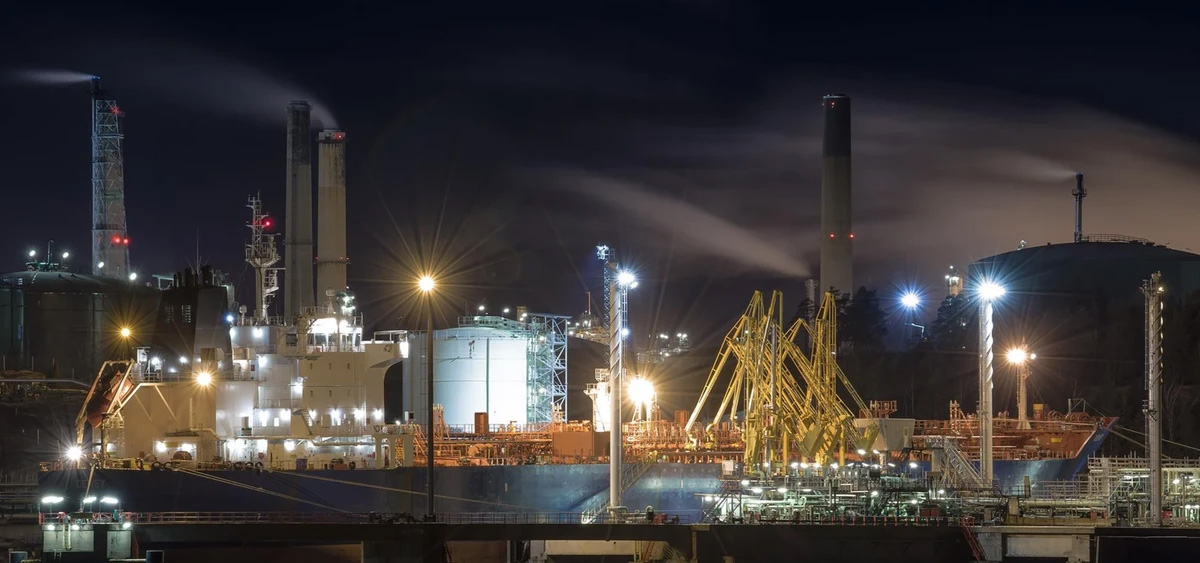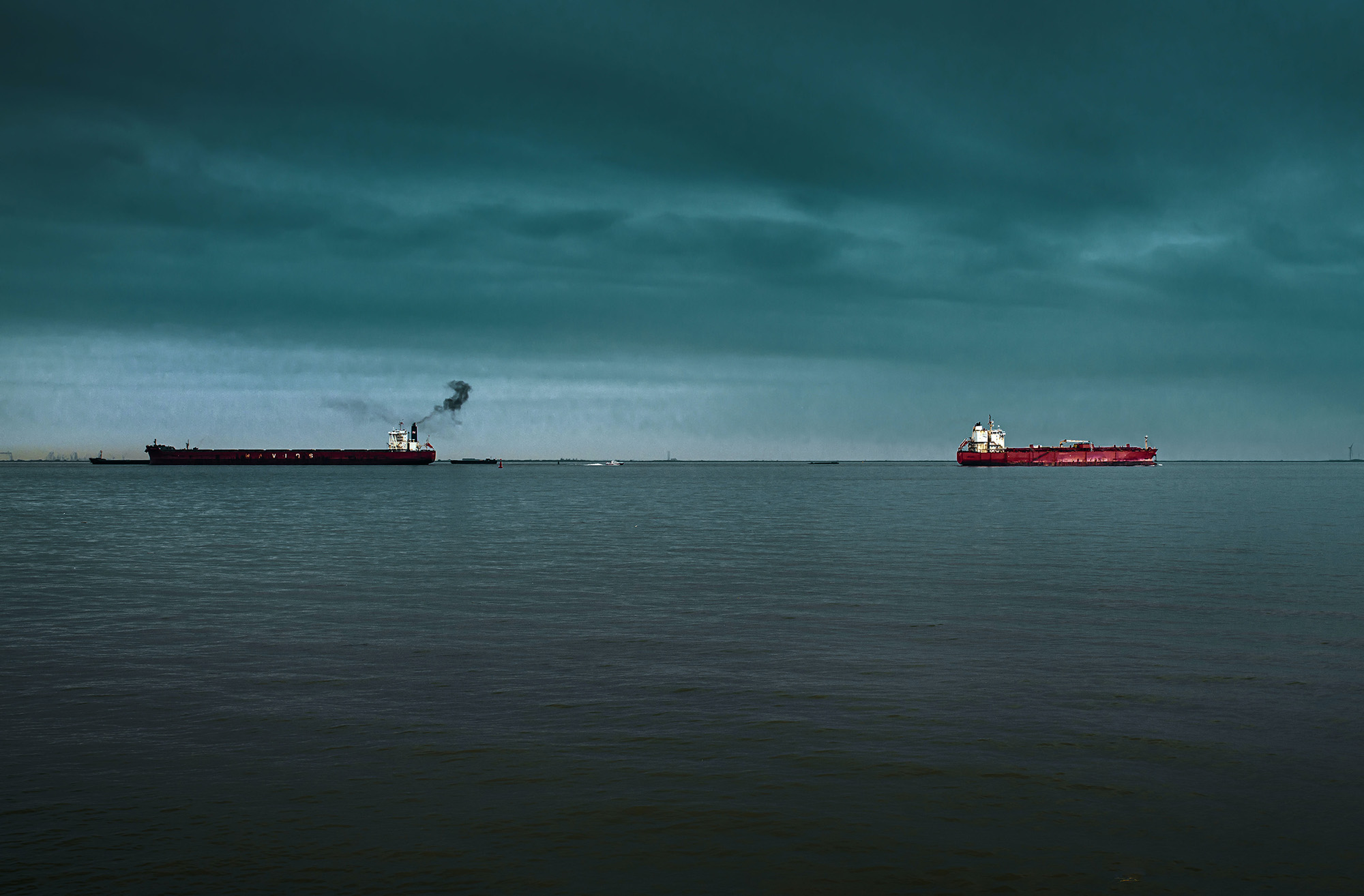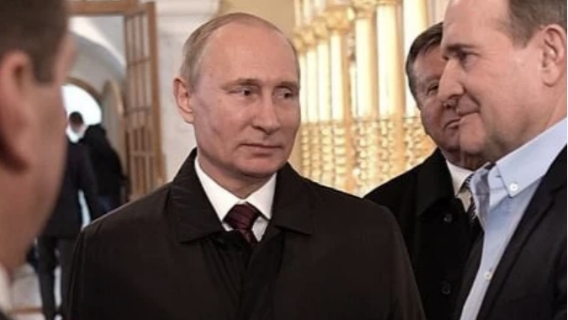Trafigura is continuing to ship Russian oil at prewar levels as its competitors scale back deliveries, data seen by SourceMaterial shows
The commodities giant is continuing to load around eight million barrels of crude oil from four Russian ports this month, making it currently the second-biggest exporter of seaborne crude behind Litasco, the trading arm of Lukoil, and ahead of Russia’s other state-controlled oil giant, Rosneft.
Vitol and Glencore, the world’s largest traders alongside Trafigura, have decreased shipments of Russian crude oil from the same ports since the invasion of Ukraine on 24 February, according to the data.
The Alhani, a tanker understood to be chartered by Trafigura, left Ust-Luga, a Russian oil terminal near St Petersburg on the Baltic Sea, bound for Denmark on 22 March, according to the MarineTraffic tracking service. Another Trafigura-linked tanker, Seaoath, arrived at Ust-Luga on 25 March and is due to set sail for Denmark. At least nine others were due to depart Russian ports this month.
While there is no suggestion that any of the shipments are in breach of sanctions, oil shipments from Russia have become controversial following the invasion. Earlier this month Shell apologised and promised to stop buying Russian oil after heavy criticism of its purchase of cut-priced crude in the days following the Russian attack launched on 24 February.
Meanwhile, however, traders have continued to fulfil prewar contracts. Russia has earned nearly $7.5 billion from oil exports since attacking Ukraine, according to the Centre for Research on Energy and Clean Air, a research organisation.
“For too long the commodities giants have long been allowed to operate in the shadows,” said Oliver Classen, a spokesman for Public Eye, a campaign group in Switzerland, where Trafigura, Glencore, Vitol and are based. “As Russian oil becomes a weapon for a dictator with blood on his hands, it’s vital these traders are pushed into the light.”
Trafigura said on 2 March that it had put on hold its interests in Russia, which include 10 per cent of Rosneft’s Vostock Oil project, without commenting on whether it would continue to buy oil there.
A spokeswoman for Trafigura said the company was complying with legal obligations under existing agreements.
“We are taking every precaution to ensure we comply in full with applicable regulations and sanctions and we continue to engage with customers and governments to understand their requirements and provide the commodities and energy they need in severely disrupted commodities markets,” she said.
The company also said that its overall trading volume with Russia, including crude oil and other oil products such as naphtha and diesel, had fallen in March.
BP, the British oil giant, said on 27 February it would abandon its 20 per cent stake in the company. Two days previously SourceMaterial had revealed Rosneft’s role in supplying fuel to Russia’s armed forces—though it said it would continue to continue to buy Russian oil products to meet its obligations under pre-existing contracts.
Following BP’s decision, its competitors Exxon, Equinor and Eni also announced exits from Russia, which would leave TotalEnergies the only major with significant interests there.
On 8 March US President Joe Biden announced an immediate ban on new contracts for Russian oil, with a 45-day grace period for buyers to see out existing deals.
The resilience of Russian exports of oil and petroleum products may reflect a pre-moratorium rush, said Adi Imsirovic, a senior fellow at the Oxford Energy Institute and former head of oil trading at Gazprom.
“They will just try to lift as much as they can for the US and get it there before 24 April,” he said, adding that it would be surprising if Trafigura was signing new contracts for Russian oil.
“Even Trafigura is sensitive to public perception,” he said.
Picture: Dewey, a tanker managed by Trafigura, in port. Raimo Makinen, MarineTraffic





